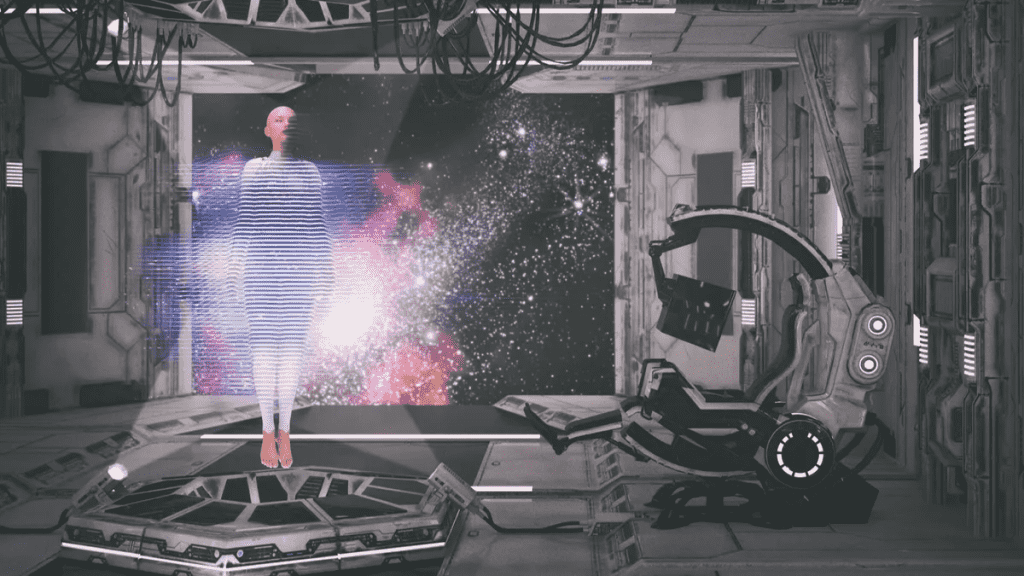Researchers at the University of Western Ontario have just completed the world’s first-ever international holographic teleportation.
Even after two years of coronavirus, virtual meetings haven’t been able to completely replicate the ease of an in-person meeting, something that researchers are hoping holographic teleportation can solve. A combination of hologram and teleport, the technology is fondly called holoport and allows one to instantly beam the hologram of a person to a far-off location, much like the Star Trek universe.

Making the fictional Star Trek technology a reality required a few collaborations among companies. Tech major Microsoft has been working on its HoloLens for quite some time to bring in mixed reality for business and gaming applications.
Houston-based Aexa Aerospace provides the software that allows a special camera to create holographic images of the subject and his environment, which can be seen using the HoloLens. Last year, NASA holoported flight surgeon Dr. Josef Schmid using Aexa’s technology.
Researchers at Western, in collaboration with a Canadian company, Leap Biosystems, are now working with Aexa to figure out the medical applications of this technology. If both the subject and the user wear the HoloLens, they can interact in their environments as if they are physically present in the same room. To demonstrate this, the researchers at the Western Institute for Space Exploration (Western Space) conducted the first international holographic teleportation on July 27.
“We transported one person from Alabama to London, Ontario, and then each of the students here on the project was able to instantly holoport themselves in the holographic form down to Huntsville, Alabama,” said Adam Sirek, a faculty member at Western Space.
A team of medical students is keen to use this technology to facilitate medical examinations in remote areas and believes this could transform rural healthcare.
While the setup can help transmit images and voices across, currently, that is where its limitations lie. Physicians rely on a large range of parameters like blood pressure, heart rate, oxygen saturation, etc., while making their diagnosis. However, physical touch is a big part of medical examination, something holograms cannot replicate.


